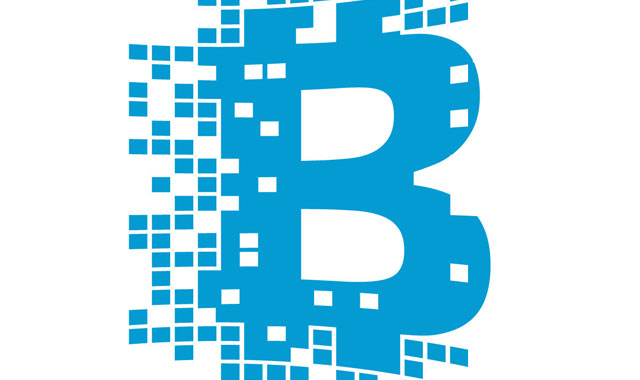
Most people agree we do not need to know how a television works to enjoy using one. This is true of many existing and emerging technologies. Most of us happily drive cars, use mobile phones and send e-mails without knowing how they work. With this in mind, here is a tech-free user guide to the blockchain — the technology infrastructure behind bitcoin and many other emerging platforms.
What does the blockchain do?
The blockchain is software that stores and transfers value or data across the Internet.
What can I store and transfer using the blockchain?
To use the blockchain, you will need to set up an account or address (a virtual wallet). At this time, the most popular use for the blockchain is to make micropayments with virtual currencies. For example, you can buy bitcoin with real money and then spend it on the Internet using the blockchain.
Authorising a payment using the blockchain is similar to using a credit card to buy something online. Instead of a 16-digit credit card number, you provide the vendor with a unique string of numbers and letters generated for each transaction. With this unique identifier, the blockchain can verify and authenticate the transaction.
Can I use the blockchain to transfer real money?
Not yet. Some companies are using the blockchain to make international financial transfers, but most of these transactions are enabled by bitcoin or other digital currencies. Exchanging real money for bitcoin incurs fees for the sender, but the benefit is speed, security and convenience.
How is transferring value or virtual currency on the blockchain different from transferring money from my bank account?
Depending on the amount and the destination, when you transfer money from your bank account, your bank will limit the amount you can transfer. Most banks impose daily limits for all transactions. When you use virtual money on the blockchain, there are no limits.
When you transfer value or currency from your bank account to an account with a different bank or other financial institution, the transfer can take days. When you use the blockchain, the transfer is immediate. If a transfer from your bank account puts your account into debit, your bank will charge you a fee. The blockchain will not allow a transfer in excess of your balance and so your virtual wallet will never be in debit.
How is storing value using the blockchain different from keeping my money in a bank account?
Bank accounts and credit cards are vulnerable to attack from fraudsters and hackers. The blockchain is a more secure way to store and transfer funds, particularly if you keep a modest value in your virtual wallet. Hacking the blockchain is difficult, time-consuming and expensive. No one breaks into Fort Knox for just US$500. Of course, value stored on the blockchain will not earn you interest or improve your credit rating; and the blockchain will not lend you money to buy a house or car. The blockchain does not replace your bank, but very soon banks will be using the blockchain, too.
How is transferring data using the blockchain different to attaching a file to an e-mail?
Unlike e-mails with attachments, the blockchain enables the immediate transfer of data no matter how big the file. Also, there is less danger of spam or viruses and no need for firewalls or junk folders.
How is storing data using the blockchain different to storing my files on my computer?
If you lose or break your computer or if it is attacked by a hacker or virus, you could lose that data. The blockchain resides in the cloud. Like any Web-based storage, you just need your username and password to access your data from anywhere at any time.
What else can I use the blockchain for?
Very soon the blockchain will be used for online transactions. It will enable smart contracts, crowdfunding and auctions. It will verify the provenance of artworks and diamonds; transfer title to real estate and other assets; and store information about people, products and property. Apps for music distribution, sports betting and a new type of financial auditing are also being tested.
Why is the blockchain described as “riskless”?
The blockchain verifies and authenticates both ends of each transaction. It will not release a purchaser’s funds until it has checked that the vendor will deliver as promised.
Is the blockchain safe?
Standards and regulations are needed so that the technology can be readily used across different organisations, industries and jurisdictions. Blockchains can be private (like an e-mail) or public (like Facebook), so users need to know which type is being operated before joining a new blockchain.
My tips for safe use of the blockchain are: keep your virtual wallet details secure; do not let an unknown third party hold virtual currency or data for you; and do not provide your online banking details to anyone. As seen in a recent attack on a crowdfunding project, the blockchain is at its most vulnerable when significant value is stored in a single address. The blockchain may be trustworthy, but the people on it might not be.![]()
- Philippa Ryan is lecturer in civil practice and commercial equity, University of Technology Sydney
- This article was originally published on The Conversation

